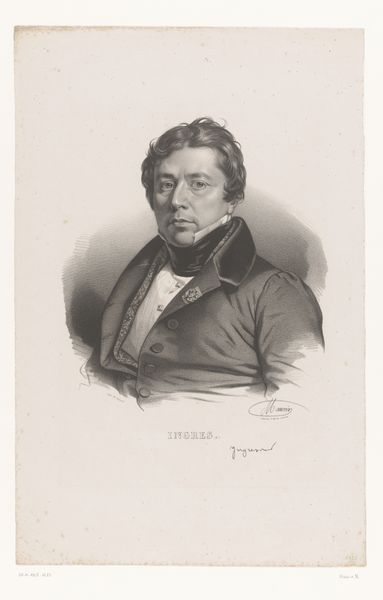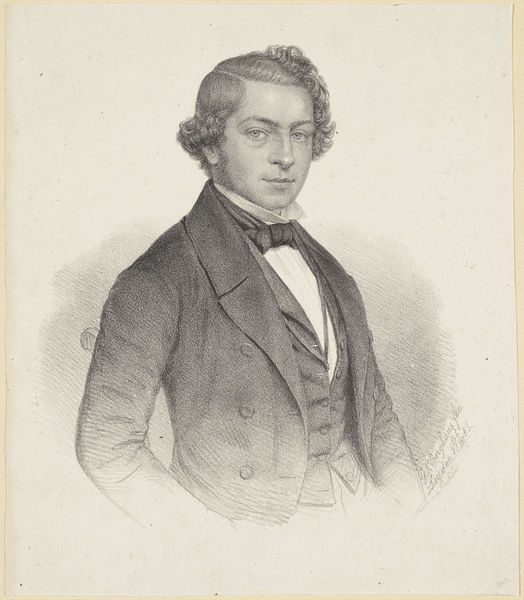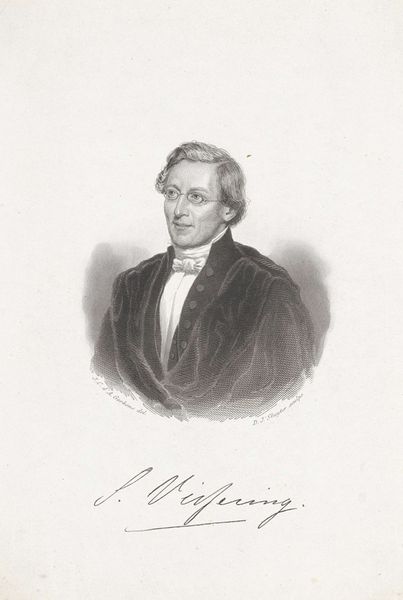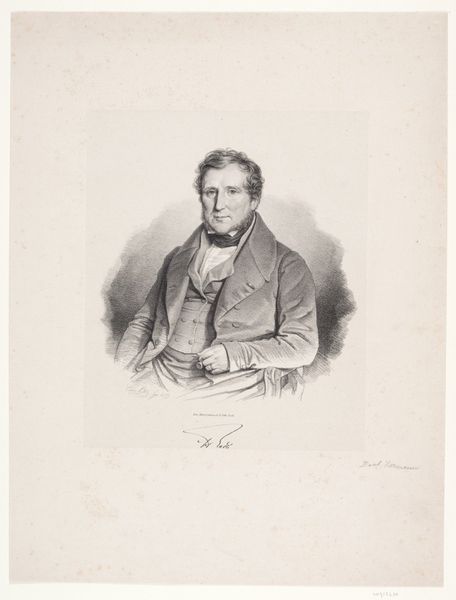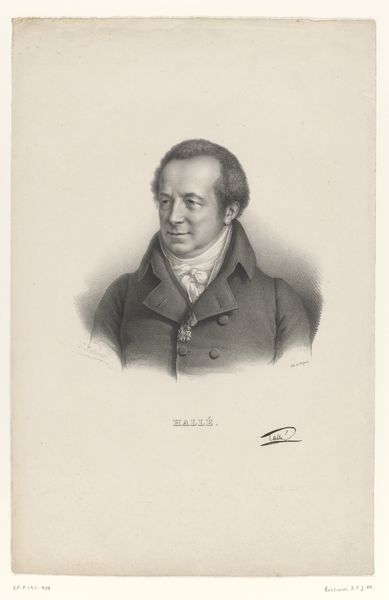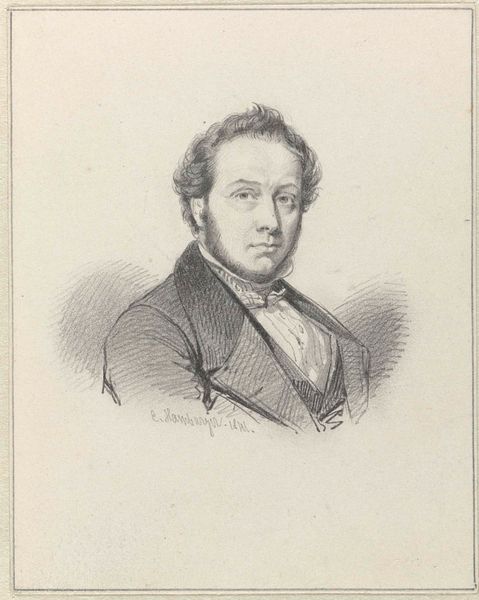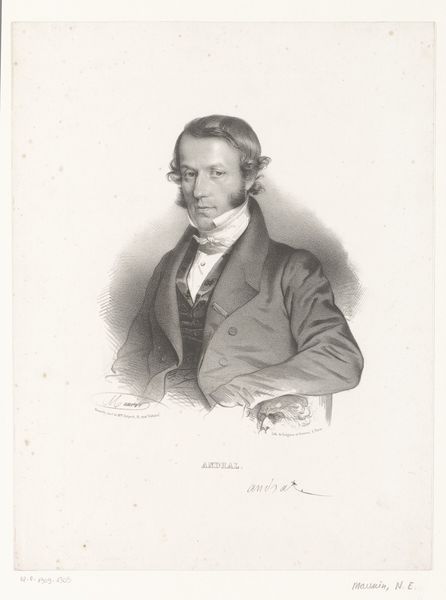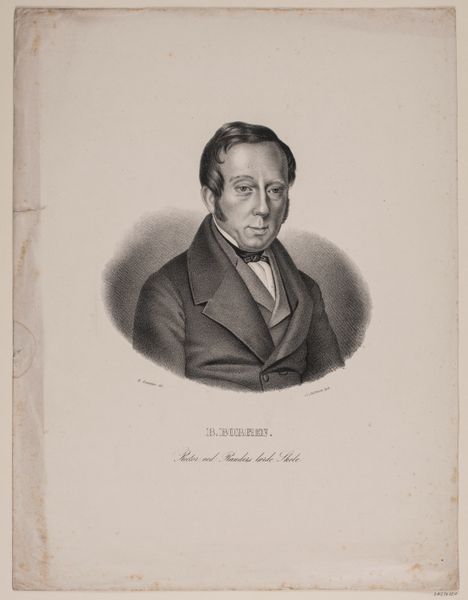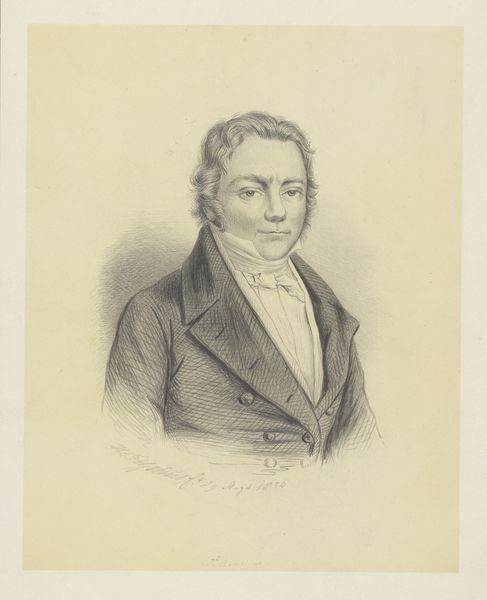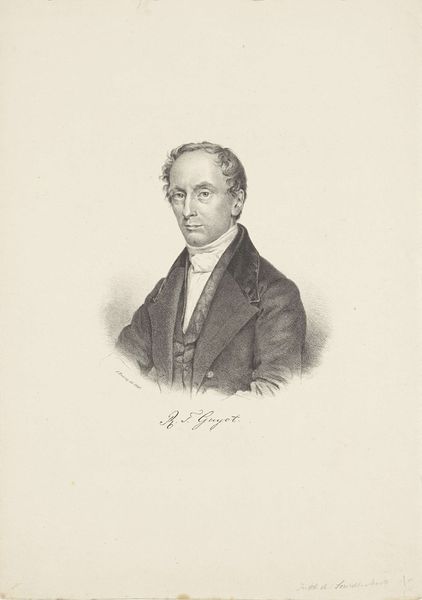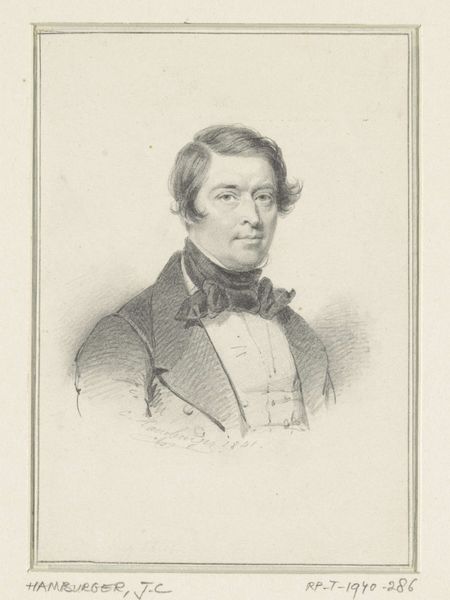
print, engraving
#
portrait
#
neoclacissism
# print
#
pencil drawing
#
portrait drawing
#
engraving
#
realism
Copyright: National Gallery of Art: CC0 1.0
Editor: This engraving, simply titled "Barthe," appears to be a portrait in the neoclassical style. The precision of the lines is really striking. I find myself wondering about the sitter – who was he, and what can we infer about his social standing? What strikes you about this piece? Curator: Well, from a historical perspective, portraits like this, especially engravings, played a vital role in shaping public perception and constructing social hierarchies. This image isn't just a likeness; it's a carefully curated representation of power and status. The subject's attire, the style of the engraving itself – it all speaks to a very particular social moment. Editor: So it’s more than just a face; it is a social artifact. The precision in the details and the almost idealized features do give off that sense. How did the artistic choices contribute to those messages of power and status you mentioned? Curator: Consider the Neoclassical style itself. It borrows from ancient Greek and Roman art, associating the sitter with ideals of republicanism, virtue, and civic duty. The choice of engraving, a relatively accessible medium compared to painting, suggests this image was meant for wider circulation. Perhaps for asserting and reinforcing authority. How might this circulation influence its message, do you think? Editor: That makes perfect sense. Reproducing the image through prints would disseminate that ideal more widely, democratizing representation while paradoxically reinforcing an elite ideal, which many audiences would likely aspire to. Curator: Exactly. And consider the institutions behind the artwork: Who commissioned it, who printed it, and where would it have been displayed? Understanding those factors sheds light on the social forces shaping both the production and reception of the work. Editor: This makes me think about the relationship between art, politics, and the creation of these figures, especially at a time of societal upheaval. It makes me want to learn more about that time period. Curator: Indeed, it’s a compelling question! Thank you for making these observations; it's very enlightening.
Comments
No comments
Be the first to comment and join the conversation on the ultimate creative platform.

